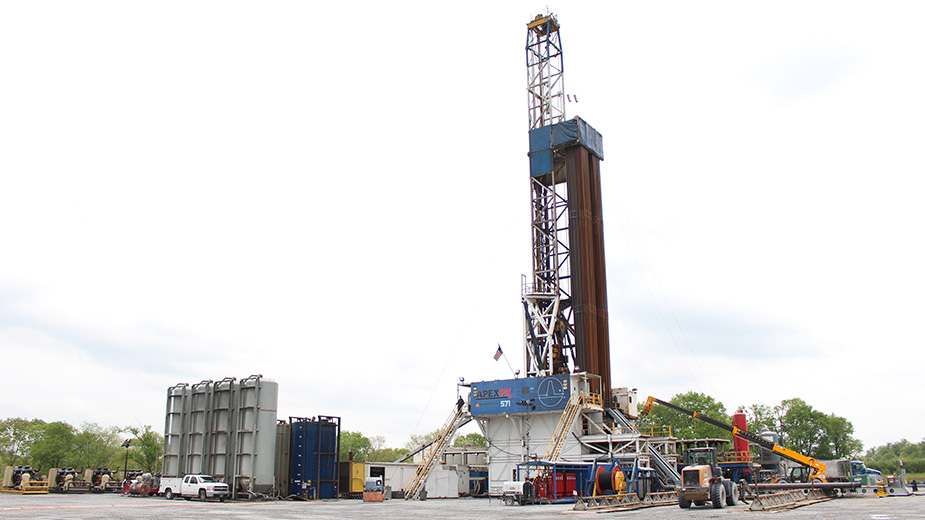CSU Study Shows $50 Billion Investment in Utica
YOUNGSTOWN, Ohio – A new study released through the Maxine Goodman Levin College of Urban Affairs at Cleveland State University shows that Ohio’s Utica shale attracted more than $50 billion worth of investment between 2011 and 2016.
The report, “Shale Investment Dashboard in Ohio,” tallies $50.4 billion of investments made from energy companies and related industries in the upstream, midstream and downstream segments of Ohio’s oil and gas market.
Researchers from CSU and Youngstown State University contributed to the analysis.
According to the study, energy companies spent $38.8 billion in the oil and gas industry’s upstream segment. This includes the acquisition of undeveloped and developed land, drilling costs, road improvements, near lease gathering lines, lease operating expenses and royalties.
Despite a downturn in the oil and gas market in late 2014 that resulted in energy companies curtailing drilling and exploration programs, Utica shale counties still received a significant amount of investment.
Carroll County, for example, witnessed $4.8 billion worth of investment in drilling, roadwork, gathering lines and land payments over the period, the report shows. The second-highest investment numbers were in Belmont County, which boasted $3.7 billion.
Even counties in the northern section of the Utica, where drilling is not prevalent, saw substantial investment over the period.
More than $798 million in upstream investment poured into Columbiana County between 2011 and 2016, while $147 million found its way into Mahoning County, and another $115 million was invested in Trumbull County related to upstream activity.
Although drilling activity has subsided since 2011, investment continued in the midstream and downstream markets.
The study shows that companies invested $8.1 billion in midstream development during the five-year period. This encompasses gathering pipelines, processing plants, fractionation plants, storage tanks, railroad terminals, and interstate transmission pipelines.
Also, nearly $3.4 billion in new downstream investment occurred within a four-year period between 2012 and the summer of 2016, the report says. Downstream markets would involve petrochemical plants, natural gas plants, combined heat and power plants, and natural gas refueling stations. Among the projects under construction in this segment is Marathon’s refinery expansion in Canton and a fertilizer plant expansion in Lima.
The downstream numbers do not include proposed projects such as PTT Global’s tentative plan to construct a $5 billion ethane “cracker” plant in Belmont County, or the more than $6 billion worth of combined-cycle natural-gas fueled electric generation plants under development.
Chesapeake Exploration LLC, a division of Oklahoma City-based Chesapeake Energy Corp., pumped the most money — $7.3 billion — into the Utica out of those energy companies working in the shale play, the study reports. Second was Gulfport Energy, also based in Oklahoma City, with $3.2 billion. Denver-based Antero Resources Corp. ranked the third highest with $2.3 billion worth of investment in the Utica.
Permits for new wells and the rig count across the Utica has since improved since last summer, according to the latest update from the Ohio Department of Natural Resources.
ODNR reported that the rig count in the Utica stood at 22 during the week ended May 27, although there were no new permits issued for the week.
Through May 27, ODNR has issued 2,515 permits for new horizontal wells, of which 2,008 are now drilled. Of those wells, 1,561 are in production across Ohio.
Copyright 2024 The Business Journal, Youngstown, Ohio.


